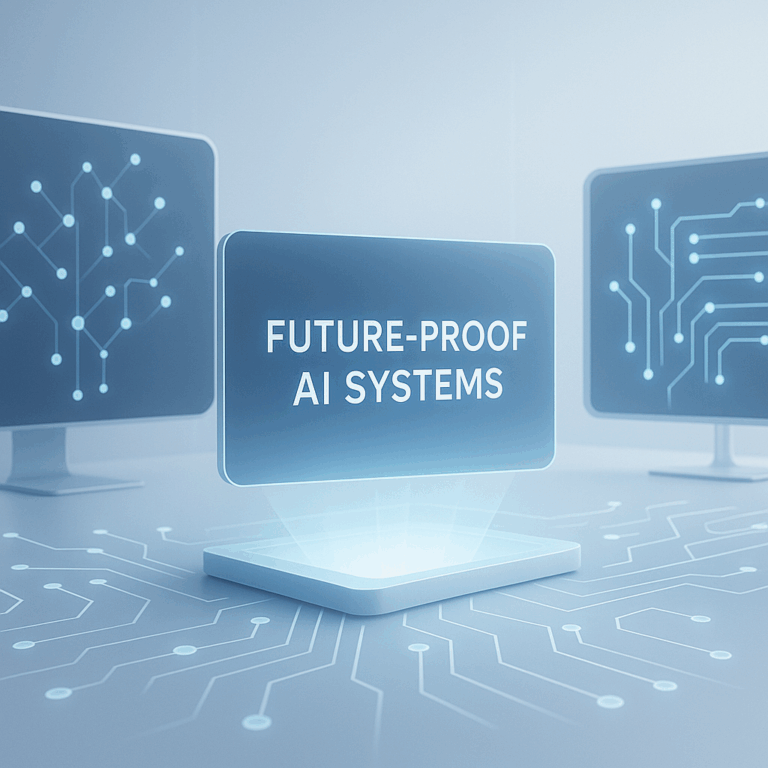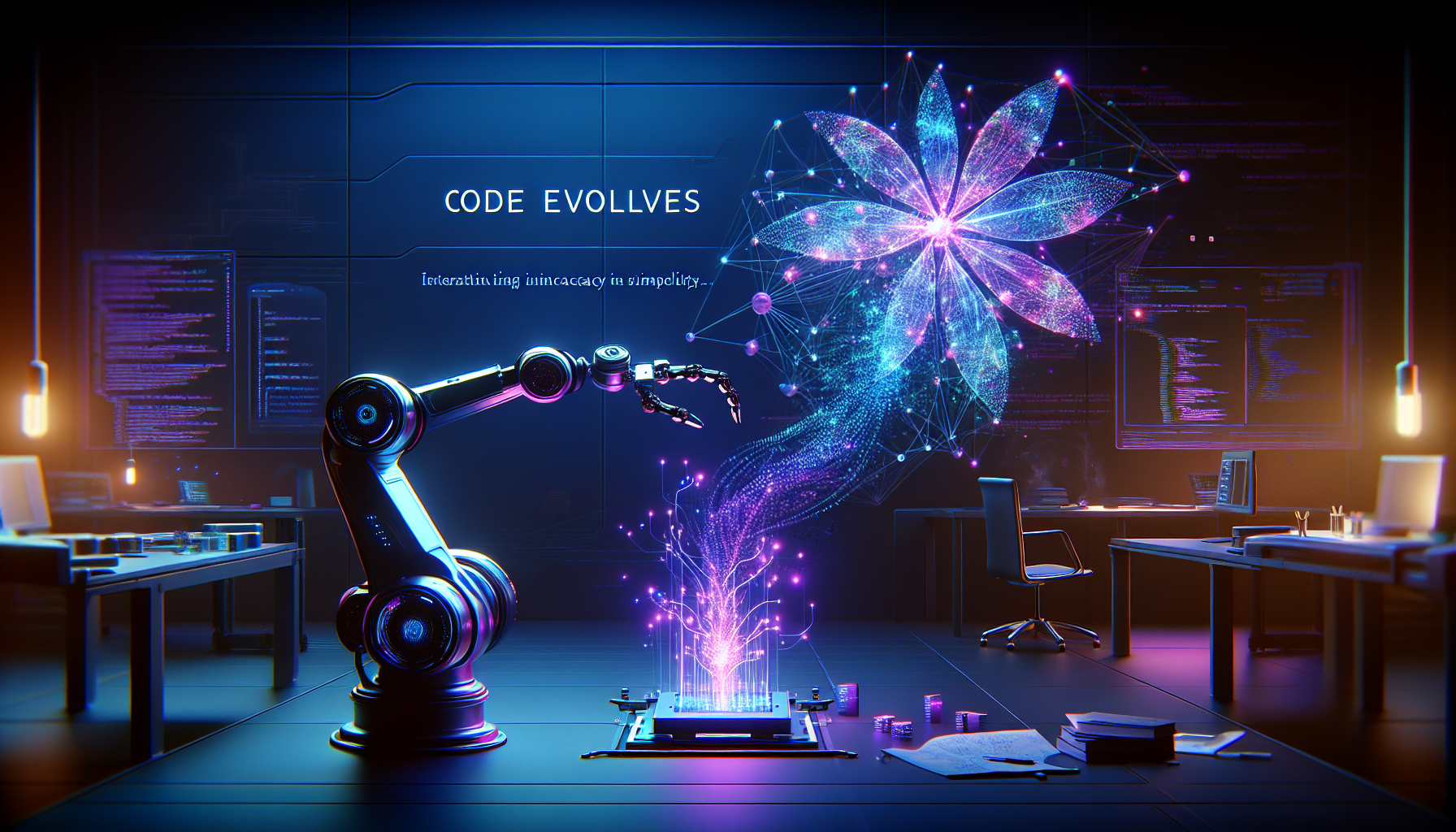Harnessing Scalability to Drive Business Innovation
In the rapidly evolving world of artificial intelligence, scalability remains a cornerstone of effective AI-driven systems. As businesses increasingly integrate AI into core operations—from marketing strategies to robotics and automation—designing AI solutions that grow in complexity and capacity without compromising performance is essential. Scalability in AI development is not simply about handling larger datasets or more users; it’s about crafting systems that adapt fluidly to changing business needs, technology trends, and future computing environments. Achieving this demands a disciplined blend of engineering excellence, thoughtful systems design, and a deep understanding of business strategy.
Defining Scalability in AI Systems
At its core, scalability refers to an AI system’s ability to maintain or enhance performance as workload increases. This can involve scaling vertically—using more powerful hardware—or horizontally—distributing workloads across multiple machines or nodes. But AI scalability transcends raw computing power; it encompasses software development practices and architectural decisions that enable AI models and infrastructures to evolve alongside business growth and shifting priorities.
For example, an AI model powering personalized marketing campaigns today might need to support real-time decision-making across millions of users tomorrow. Without a scalable architecture, this transition would lead to bottlenecks, data processing delays, or degraded user experience—directly impacting business operations.
Modular Systems Design: The Pathway to Flexibility
One of the most effective methods to ensure scalability in AI engineering is adopting a modular systems design approach. By decomposing AI solutions into discrete, reusable components, developers can isolate complexity, promote maintainability, and facilitate updates or iterations without disrupting the entire system.
In practice, this might look like separating the data ingestion pipeline from model training or isolating the feature extraction process from prediction services. This decomposition allows teams to scale or upgrade individual modules independently. For instance, if a new machine learning algorithm promises better accuracy, only the model training module requires updates, leaving the rest of the system intact.
Furthermore, modular design enhances collaboration among cross-functional teams—including data scientists, software engineers, and business strategists—since clear boundaries and interfaces support parallel development efforts. This alignment is crucial for navigating the multifaceted demands of AI projects, which often intersect with marketing tactics and commercial objectives.
Leveraging Cloud Infrastructure and Containerization

The rise of cloud computing has revolutionized scalability in AI development. Cloud platforms offer elasticity—automatically provisioning and releasing resources based on workload demands—invaluable for AI applications where processing needs can fluctuate drastically.
Containerization technologies such as Docker and orchestration tools like Kubernetes empower engineers to package AI services with all their dependencies, ensuring consistent environments and simplified deployment across various infrastructure setups. This portability accelerates experimentation and iteration cycles and supports business innovation by reducing time-to-market for new AI capabilities.
When integrated thoughtfully, these technologies promote a seamless scaling pipeline from prototype to production, aligning AI development closely with business strategy and operational agility.
Adopting Efficient Machine Learning Pipelines
Efficiency in machine learning pipelines is critical for scalability and performance. Establishing automated workflows for data preprocessing, model training, validation, and deployment allows teams to manage complexity and volume effectively.
Additionally, incremental or online learning techniques can be adopted whereby models update continuously as new data arrives, rather than retraining from scratch. This approach conserves computational resources and accelerates responsiveness, especially in dynamic environments like marketing or robotics where data patterns shift rapidly.
Robust monitoring tools integrated within these pipelines also enable real-time performance tracking, error detection, and anomaly identification—vital for sustaining system reliability as scale increases.
Balancing Scalability with User Experience and Business Goals
Scaling AI systems must not come at the expense of user experience, a factor often underestimated in engineering-focused discussions. Complex AI models can inadvertently introduce latency, unpredictability, or interpretability issues that degrade user trust and engagement.
A user-centric approach to scalable AI development involves continuous feedback loops with end-users and stakeholders, iterating on system behavior to ensure it aligns with business objectives and operational contexts. For example, an AI-powered recommendation engine must balance scalability with personalized relevance to maximize marketing impact and customer satisfaction.
Engaging business teams early and consistently also ensures that AI-driven innovation supports broader technology management and business strategy goals, fostering alignment that transcends pure technical metrics.
Future-Proofing AI: Preparing for Emerging Technology Trends
The Future of Computing promises even more complexity and opportunity for AI, with advancements like edge computing, federated learning, and neuromorphic hardware reshaping how intelligent systems are designed and deployed. Scalable AI development today must anticipate these shifts by embracing flexible architectures and open standards.
Edge computing, for instance, demands AI models optimized for low-latency, decentralized processing—posing new challenges and opportunities in scalability. Meanwhile, federated learning requires designing systems that scale horizontally across distributed data sources while preserving privacy and security, crucial considerations for business operations in regulated industries.
Engineering scalable AI is, therefore, a continuous journey of refining systems to meet evolving technological landscapes and business imperatives.
Key Takeaways for Practitioners
– Prioritize modular and decoupled architectures to enhance maintainability and independent scaling.
– Utilize cloud and container orchestration technologies to achieve elasticity and deployment consistency.
– Automate machine learning pipelines with real-time monitoring for operational efficiency and reliability.
– Maintain a user-centric mindset to ensure scalability advances do not compromise business innovation or customer experience.
– Stay informed of emerging technology trends and design systems with adaptability to future computing paradigms.
By weaving together these best practices, programmers and technology managers can lead their organizations toward scalable, resilient AI systems that drive sustainable business success in an AI-driven world.



